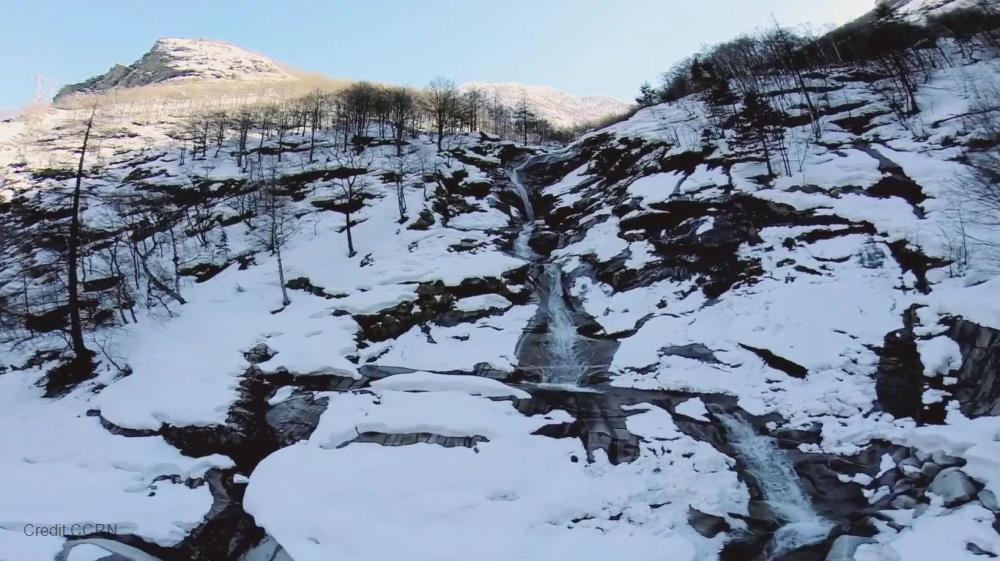
Related items loading ...
Section 1: Publication
Publication Type
Conference Presentation
Authorship
Hobbi, S., Nerantzaki, S., Papalexiou, S.M., Rajulapati, C.R.
Title
Global analysis of extreme precipitation changes in the Koumlppen-Geiger climate classification
Year
2022
Publication Outlet
EGU22, Copernicus Meetings
DOI
ISBN
ISSN
Citation
Hobbi, S., Nerantzaki, S., Papalexiou, S.M., Rajulapati, C.R., 2022. Global analysis of extreme precipitation changes in the Koumlppen-Geiger climate classification. EGU22, Copernicus Meetings.
https://doi.org/10.5194/egusphere-egu22-10335 ?
Abstract
Changes in the frequency and intensity of extreme precipitation resulting from climate change are responsible for natural disasters such as severe floods and have been a major study focus during the last decades. Previous studies have mainly focused on the trends of annual maxima precipitation at global and regional scales. However, little is known about how extreme precipitation trends change among different climate types. This study offers a global analysis of extreme precipitation changes in terms of climate type by using over 8500 gauge-based records. We focus on the period 1964 to 2013 when global warming was accelerating. A climate type is assigned to each station based on the Köppen Geiger (KG) climate classification, resulting in 30 KG climate subtypes. Mann-Kendall test and Sen’s slope estimator are applied to each time series, measuring the magnitude and significance of trends. The heaviness of the tail for each station is assessed based on the shape parameter of the Generalized Extreme Value distribution. Our results indicate a decreasing trend for the majority of stations associated with some of the arid, temperate, and continental subtypes (i.e., hot semi-arid (BSh); hot-summer temperate (Csa); warm-summer temperate (Csb); and warm, dry-summer continental (Dsb)). An increasing trend is observed for the stations associated with the remaining KG subtypes, especially stations associated with dry-summer subarctic (Dsc) and monsoon-influenced extremely cold subarctic (Dwd). A significant increasing trend is estimated for 9.7% of stations located in the eastern USA, Asia, and northern Europe. However, only 2% of stations, mainly in eastern Australia and the central USA have a significant decreasing trend. The heaviness of the tail is the largest in the Polar major climate type (E), followed by Tropical (A), Dry (B), Continental (D), and Temperate (C). For the climate subtypes, large heavy-tailed extremes are observed in extremely cold subarctic (Dfd), polar tundra (ET), and tropical monsoon (Am), while only light-tailed extremes were observed in subpolar oceanic (Cfc). This study reveals the relationship of extreme precipitation characteristics (e.g., tail heaviness and trend) with the climate types at the global scale.
Plain Language Summary
Section 2: Additional Information
Program Affiliations
Project Affiliations
Submitters
Publication Stage
N/A
Theme
Presentation Format
Additional Information
Papalexiou, Simon-Michael , Conference Presentations (non-invited


 GWFNet
GWFNet Master
Master Data
Data Research
Research Map
Map
 Advanced
Advanced Tools
Tools
 . . .
. . .
 Metadata Editor
Metadata Editor
 Record List
Record List
 Alias List Editor
Alias List Editor
 Legacy sites
Legacy sites